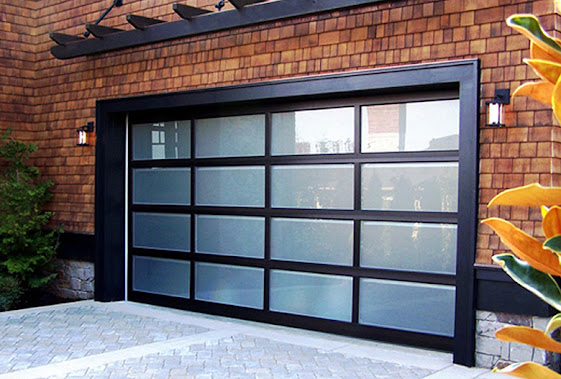Main Principles Of Propeller Pump Selection
Applications with specific requirements demand contrivances capable of fulfilling those criteria. In that sense, agricultural, irrigation, and water treatment operations require large flow capacity with minimal head requirements. This is achieved through propeller pumps with an impeller design structure. These are installed in horizontal, vertical, or in diagonal orientation based on the functions. Such siphons are equipped with a propeller style rotating blades that discharge water out of casings with the help of an electric or gas-powered motor. Selecting contrivances with optimal specifications lead to better performance and functionality.
A closer look
Typically, siphons will have watertight casings if they are used to draw fluids from a bulkhead. Other than this, these are mounted above the waterline with a featured tubular casing. Unlike other types, these devices will draw fluids in a straight motion rather than in a circular direction. This reduces the total head requirements while achieving a larger flow capacity.
Selection principles
Choosing a pump ultimately depends on the applications and its stringent requirements. Based on such criteria, technicians must follow distinguishable selection principles to select a device capable of offering ideal performance in a working condition.
• Design requirements
As cited earlier, there are various mount designs accessible. If operations require working in a bulkhead, then sealed type motors are ideal in such situations since it prevents any fluid penetration inside a chamber. Conversely, blades that are mounted above discharge casings are useful for agricultural and irrigation works. Furthermore, design specifications would reflect in piston placements as well. To achieve a uniform flow through an operation, engineers must opt for contrivances offering reciprocating crankshaft movements that allow discharge with optimal uniformity. At the same time, deliveries of set volume proportions are also a requirement.
• Nature of mediums
Aside from design requirements, the nature of conveyed fluids becomes a decisive factor in selecting an equipment range. Liquids of varying viscosity, abrasiveness, and toxic quality might influence the decision. Certain fluids with high chemical properties can deteriorate inner casings over time. To prevent choosing devices specifically designed for discharging in such a medium could reduce the risk of failures. This is critical for food processing companies that requires transferring consumer products like jam or dairy products. Corrosion is another factor that engineers must check for in their units prior to selections.
• Key parameters
Lastly, operational requirements with preference to a situation are necessary. This is a key parameter considering that most pumps operate in demanding conditions requiring modified features. This includes power consumption, the capacity of flow rate, and units of medium mass. So, by evaluating all these factors, technicians can make their decision in selecting an ideal propeller unit.




Comments
Post a Comment